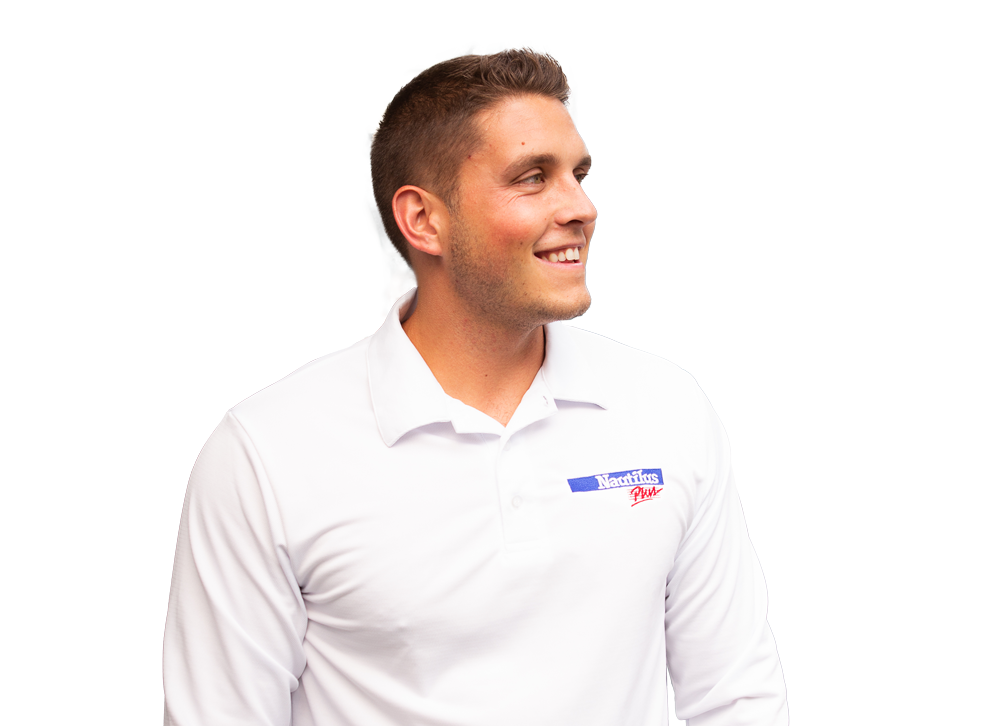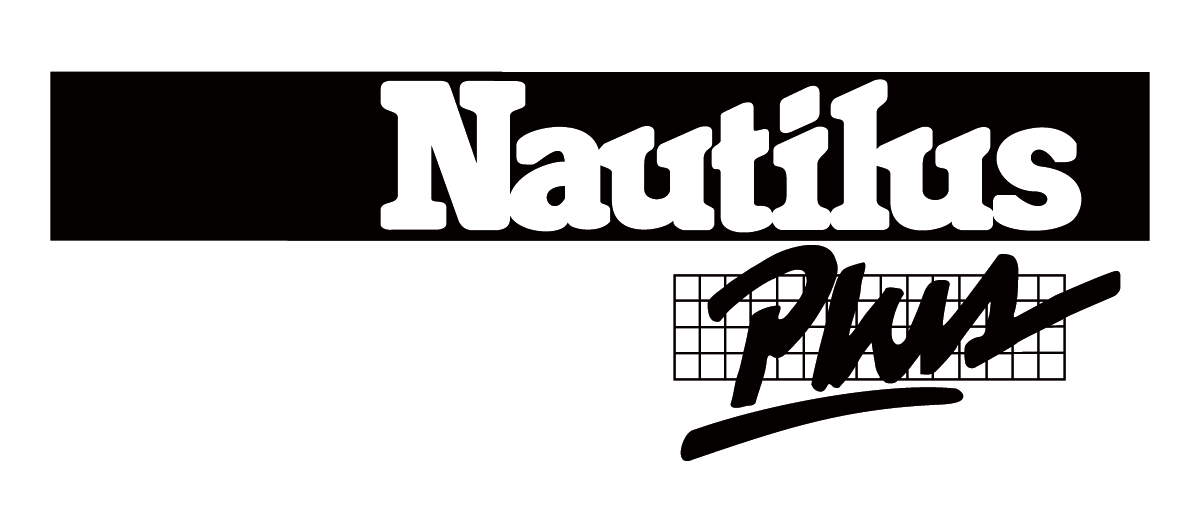
It is a common belief that wearing a lifting belt will protect your back during strength training. So, you might think that if you have a bad back, have had back pain or want to prevent it, wearing the belt would be beneficial for you. Will simply wearing a belt provide more stability to your core, help with your performance, and also make you look cool for that Instagram pic? Unfortunately, not!
In a study published in 2003, we spoke of the lack of education regarding the use of the powerlifting belt. Let’s add to that the visibility of fitness influencers on social networks like Instagram and TikTok who often convey questionable information. I can attest that the situation has certainly not improved in 20 years!
The purpose of the lifting belt
The belt is an advanced training tool, which is beneficial (but not necessary) in some very specific cases. The primary purpose of the belt is to increase intra-abdominal pressure when combined with a Valsalva maneuver to increase trunk rigidity and reduce tension on the lower back muscles. Wearing a belt without a Valsalva maneuver is useless. It is therefore necessary to practice this maneuver before wearing the belt.
The belt is not a fashion accessory
The only time wearing the belt can be an asset is when performing squats, deadlifts, weightlifting and their variations, when they are performed at full strength (6RM and below or 75% and above your max load).
When to use the powerlifting belt
Before being able to perform strength training, you need to have months (or even years) of training experience to generate a progressive load on the musculoskeletal system and to have an impeccable technique of the movements performed.
Good technique comes with good coaching. An online program will not correct your technique. If you feel the need to wear a belt during your warm-up sets, or any set where the load is less than 75% of your max, you must first work on your technique, core strength (your natural abdominal belt) and breathing. A belt does not compensate for a deficiency in any of these three areas. On the contrary, it can give a false sense of security and increase the risk of injury. So please don’t skip any steps in your training progression and work with a kinesiologist to ensure that the process respects not only your goals, but also the health of your back for the long haul.
Proper use of the lifting belt
Once you get to the stage of wearing a belt, make sure it is not too tight. You need to have room to expand the torso (not just the belly) and the ability to feel a slight expansion at the sides. The belt should be tight when the torso is being inflated, not at rest. Start by doing your warm-up sets without it to make sure it doesn’t become a crutch, as overuse could lead to a loss of effectiveness in the core muscles. Also important, strength training is very demanding on the joints, muscles, tendons, and ligaments. A training phase in this area can be beneficial, but it must be well scheduled between preparation and recovery phases.
The moral of this story? The belt is not a fashion accessory and before using it, it is important to begin a rigorous and well supervised process to limit the risk of injury!
The lifting belt: when to use it? is a post from Nautilus Plus. The Nautilus Plus blog aims to help people in their journey to fitness through articles on training, nutrition, motivation, exercise and healthy recipes.
Copyright © Nautilus Plus 2023

A session with a personal trainer will help you to progress!

Let's determine your fitness goals together and get some expert advice!
Make an appointment with a personal trainer

